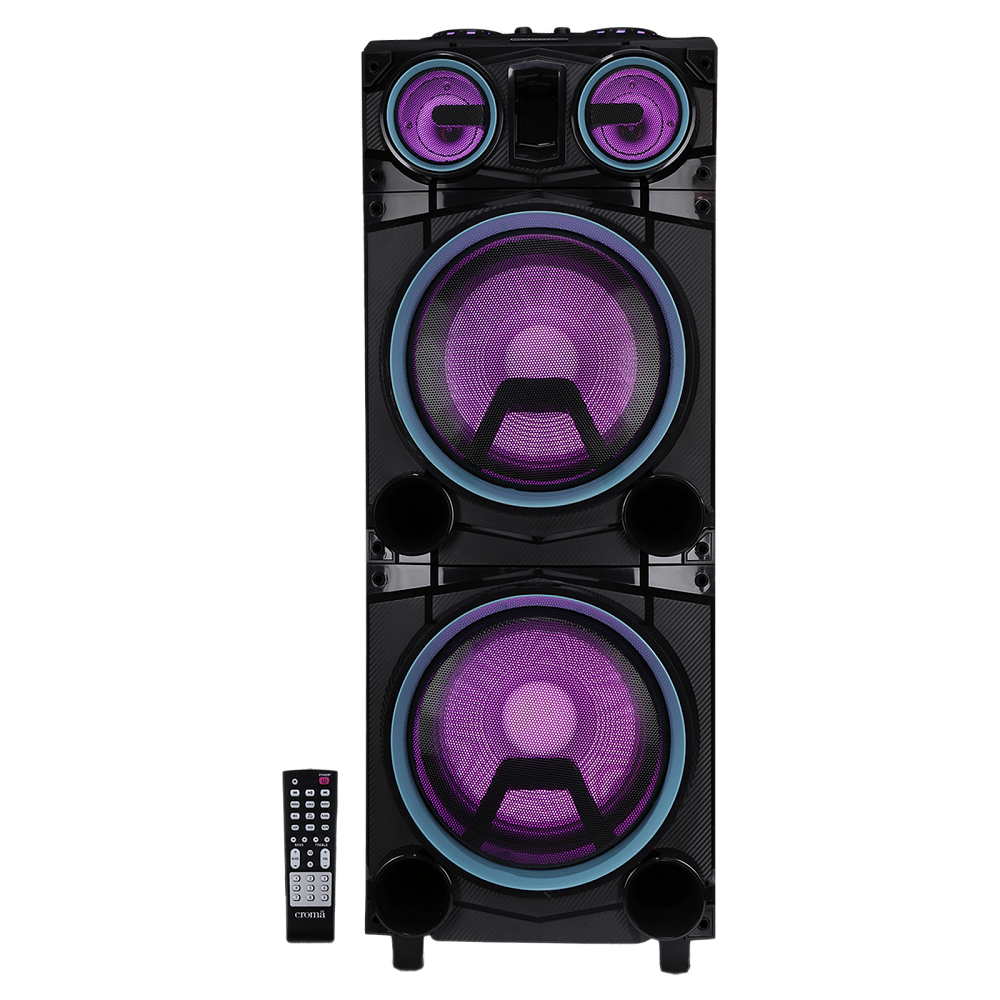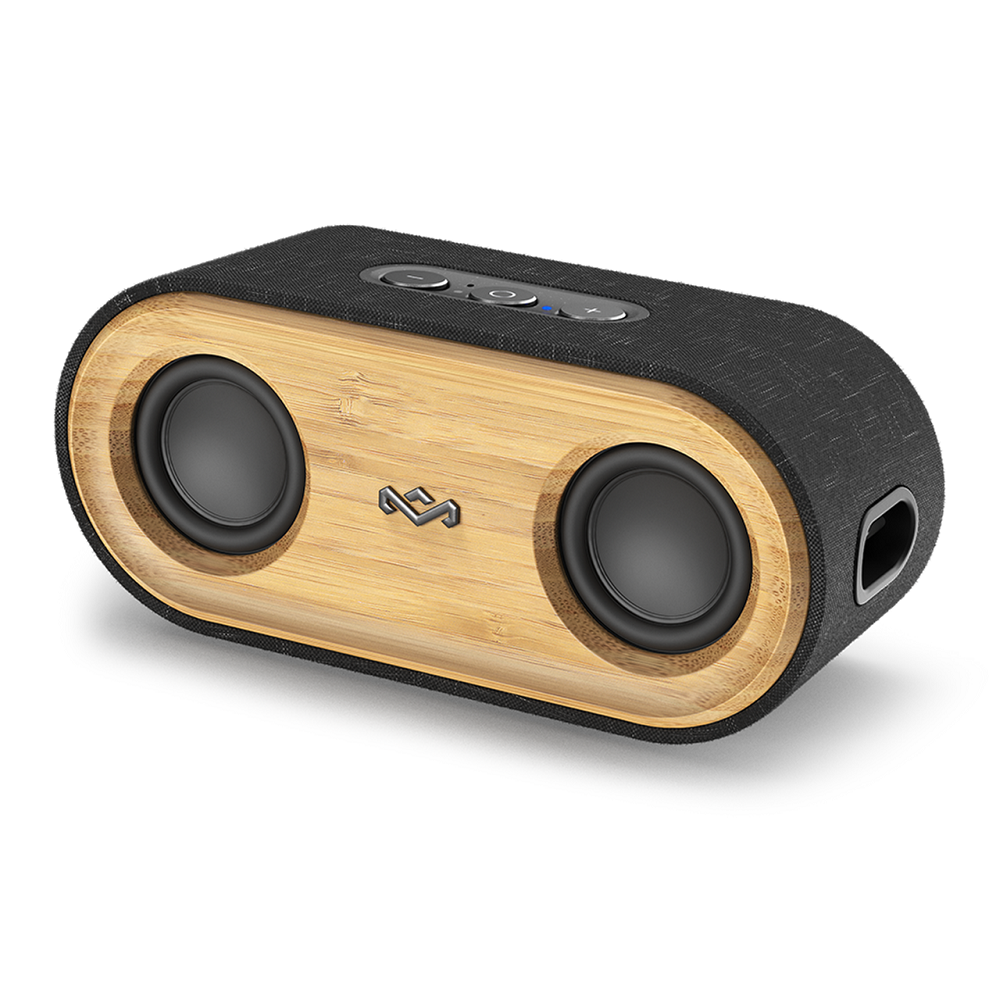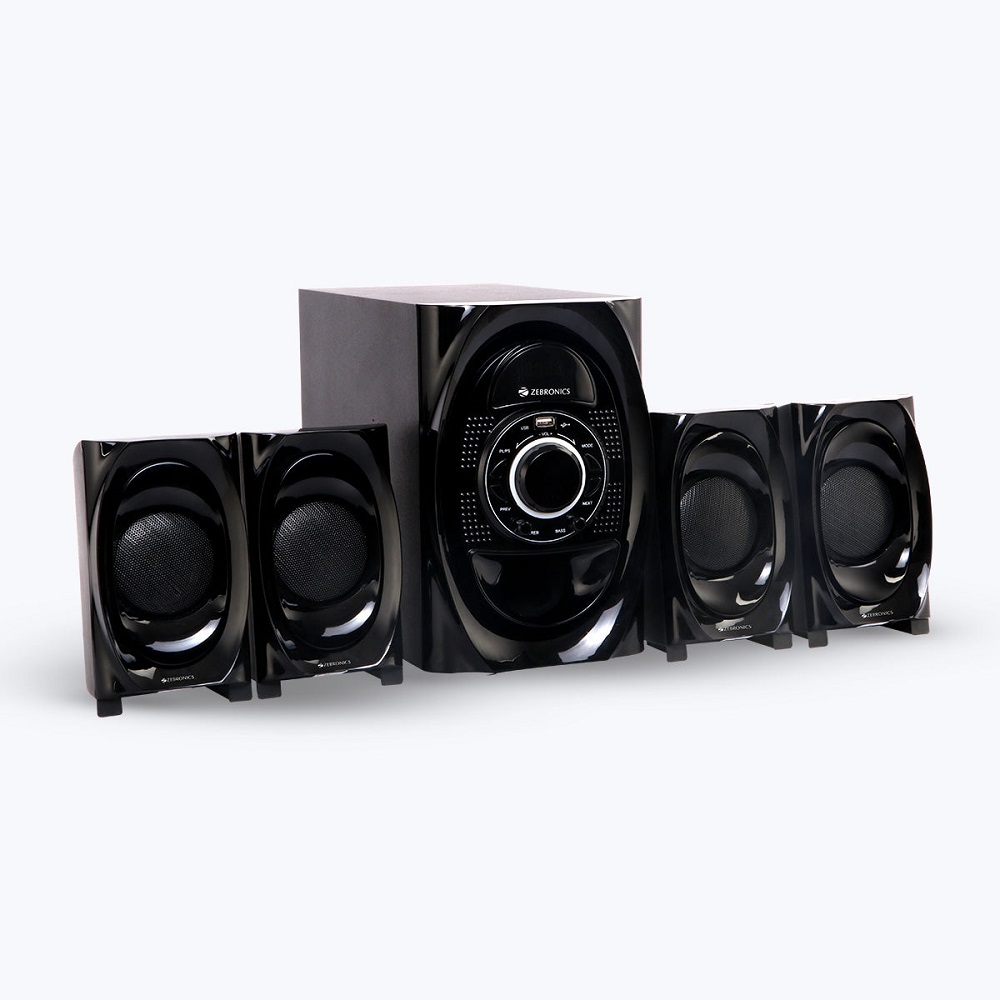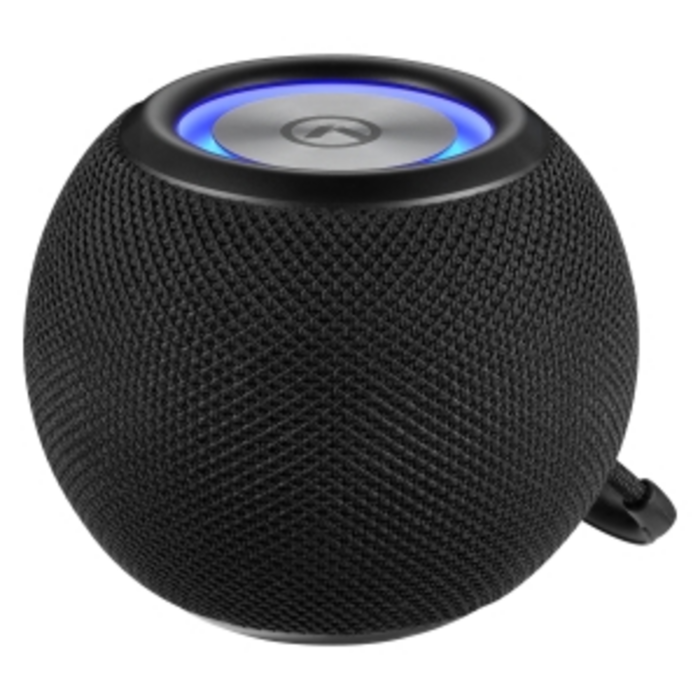Creating an immersive home theater experience requires careful consideration of various components, and speakers play a pivotal role in that equation. The quality of sound significantly impacts how you experience movies, music, and games. With an overwhelming array of options available, choosing the right speaker can be daunting. This guide will help you navigate the process, ensuring you select the perfect speaker for your home theater setup.
Understand Your Space
Assess Room Size and Layout
Before purchasing any speakers, analyze your room’s size and layout. Larger rooms may benefit from larger speakers to fill the space adequately, while smaller rooms can often achieve optimal sound with bookshelf-style speakers. Understanding the dimensions allows you to envision how sound will travel. Factors like ceiling height and door placements can also affect acoustics. For example, higher ceilings may create echoes, while walls with hard surfaces can bounce sound around unpredictably. It’s essential to consider all measurements to find an optimal sound experience.
Consider Speaker Placement
Where you place your speakers significantly impacts audio quality. Front speakers should ideally be positioned at ear level when seated, which helps ensure that dialogue sounds clear and engaging. Surround speakers need to be positioned on the sides or behind the viewing area for an immersive experience. Consider the distance between your seating and speakers. It’s often recommended to place them roughly 1.5 times the distance of the screen’s size for the most engaging audio experience. Additionally, remember to factor in how much space you have for speaker stands or wall mounts, as good placement maximizes effectiveness.

Types of Speakers
Different Speaker Configurations
Speakers come in various types and configurations, each designed for specific audio experiences. A common arrangement is a 5.1 system, which includes five speakers (two front, two surround, and one center) plus a subwoofer. This configuration offers a well-rounded, immersive audio experience that enhances movie-watching and gaming. For those seeking deeper immersion, a 7.1 system adds two more surround speakers. Ultimately, your setup depends on your room size and your preferences for sound quality. Some audiophiles even opt for additional overhead speakers for Dolby Atmos systems, elevating the sound experience to a completely new dimension.
Choosing Between Floor-Standing and Bookshelf Speakers
Floor-standing speakers are larger and typically capable of producing deeper bass, making them ideal for larger rooms where sound may dissipate. They can stand alone as the main speakers for your system, offering rich and powerful audio that envelops listeners. In contrast, bookshelf speakers are smaller and more versatile, often being used on shelves or mounted on walls to save space while still delivering impressive sound quality. While many people lean toward floor-standing models for their audibility, combining both types can achieve the desired sound balance. You can use larger speakers for the front and smaller models for surround sound, creating a well-rounded audio experience.

Sound Quality Matters
Listen Before You Buy
Nothing can substitute firsthand experience when choosing speakers. Most audio retailers will let you listen to their speakers in-store, allowing you to compare sound quality directly. Pay attention to how different speakers render dialogue, music, and sound effects. Look for clarity and detail, especially in the highs and mids. For instance, voices should sound natural and not muffled. If you’re a fan of music, consider testing how various genres—classical, rock, and jazz—sound on your potential speakers. This hands-on testing allows you to evaluate what you like and helps prevent buyer’s remorse later.
Consider the Frequency Response
Another critical factor in sound quality is the frequency response of the speakers. Frequency response measures how well speakers reproduce different sound frequencies. Ideally, you want speakers that cover a wide range, from deep bass sounds (around 20 Hz) to high treble notes (up to 20 kHz). A broad frequency range translates to a richer, fuller sound experience. Look for specs that indicate a good frequency range to ensure that every note in a film’s score is captured. Many models will offer a frequency response graph; reviewing this can give insights into the speaker’s performance at specific ranges, ensuring you get a balanced audio experience.

Impedance and Power Handling
Understand Impedance Ratings
Impedance refers to the electrical resistance of speakers, typically rated in ohms. Most home theater receivers are compatible with 4, 6, or 8-ohm speakers. Always check your receiver’s specifications and match your speaker’s impedance accordingly. Using mismatched impedance can lead to insufficient power or potential damage to your audio equipment. If you have a lower impedance speaker, ensure your receiver can handle the power needs to prevent overheating issues. Take time to research and understand these specifications to leverage your gear’s full potential, tailoring it to your performance requirements.
Power Handling Capacity
Power handling capacity indicates how much power a speaker can roughly take without getting damaged, generally expressed as RMS (Root Mean Square) and peak power ratings. RMS reflects the continuous power a speaker can handle, while peak power indicates the maximum it can handle for very short durations without damage. Understanding these power ratings will help match your amplifier with the speakers to avoid distortion. If you plan on using a subwoofer, make sure it matches the power handling of your main speakers to maintain a cohesive sound experience throughout your setup.

Aesthetics and Design
Match Your Home Décor
While sound quality remains paramount, aesthetics should also play a role in your decision. Speakers come in varied designs, colors, and sizes. Choose speakers that blend well with your home decor—whether modern, traditional, or minimalist. Some options boast sleek finishes that look beautiful in any setting, while others might have a more classic wood finish that complements traditional designs. Additionally, consider how visible you want your speakers to be; some people prefer them to be part of the décor, while others look for more discreet options.
Practical Considerations
It’s crucial to be mindful of the physical dimensions of your speakers. Ensure they fit comfortably in your designated space—this includes considering the weight if you plan to wall-mount them or place them on shelves. Consider that larger speakers may look imposing in tight spaces, while smaller models may lack the resonance needed for larger rooms. Alongside these practicalities, check whether the speakers come with grilles. Removable grilles can enhance the look without compromising sound quality while also protecting the speakers from dust and damage. Making aesthetic choices with practical functions can serve you well for years to come.
Connectivity Options
Wireless vs. Wired Speakers
When it comes to connectivity, you have two primary choices: wired and wireless speakers. Wired speakers often provide better sound quality, improve reliability, and reduce the likelihood of interference. However, they may require more installation effort where running cables becomes necessary, interrupting your décor. If your space design permits, wiring may offer a more consistent audio experience. On the other hand, wireless speakers add convenience and eliminate cable clutter, making them appealing for modern setups. They can often be placed anywhere there’s a power source, enhancing flexibility for your design.
Additional Features
Look out for additional features that enhance usability. Some speakers come with Bluetooth connectivity for easy pairing with smartphones, tablets, or laptops. Other features may include built-in smart home compatibility, allowing for voice control or integration with systems like Amazon Alexa or Google Assistant. Many modern systems boast app connectivity that enables advanced features, including multi-room audio and customization settings. Being aware of these options allows you to adapt your speaker choice to your existing technologies, ensuring seamless audio enjoyment in your lifestyle.

Budget Considerations
Determine Your Budget
Establishing a budget is crucial before diving into speaker shopping. Home theater speakers can range from budget-friendly options to high-end audiophile models. Think about how much you are willing to invest, keeping in mind that quality often correlates with price. However, be cautious not to overspend; plenty of affordable options deliver excellent sound quality. A well-defined budget helps narrow your options, making the selection process more manageable and focused. Create a range that allows flexibility but keeps you grounded.
Balancing Costs and Quality
A good approach is to balance costs with quality. Sometimes buying a complete package is more cost-effective than purchasing individual components, allowing for integrated systems that work well together. Research brands and read reviews to find budget-friendly options that don’t skimp on performance. Consider looking for sales or bundle deals as well. Online forums and community recommendations can provide valuable insights into which brands and models offer the best value for your money, ensuring that you make an informed decision.
Creating Your Ideal Home Theater Experience
Choosing the perfect speaker for your home theater setup involves meticulous planning and consideration. By understanding your space, the types of speakers, sound quality indicators, and budget constraints, you’ll be better equipped to make an informed decision. Remember to prioritize your preferences, such as aesthetics and connectivity options, while keeping a keen eye on technical specifications.
The right speakers will enhance your viewing experience, making movie nights, game days, and music listening immersive and enjoyable. Investing time and effort into creating an audio setup that meets your needs not only enhances your entertainment space but also adds value to your home. Embrace the journey of audio discovery, and soon you’ll be relishing the high-quality sound you’ve tailored uniquely to your home! Whether enjoying a late-night thriller, a rousing sports game, or your favorite playlist, the right speakers will elevate every moment.
